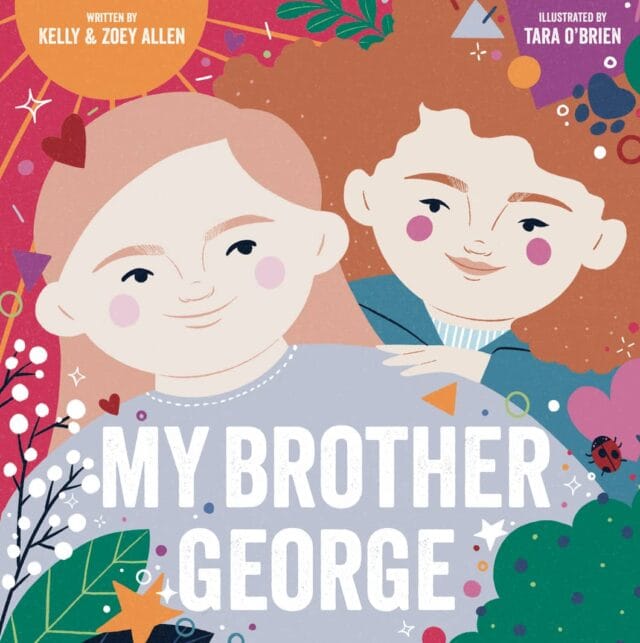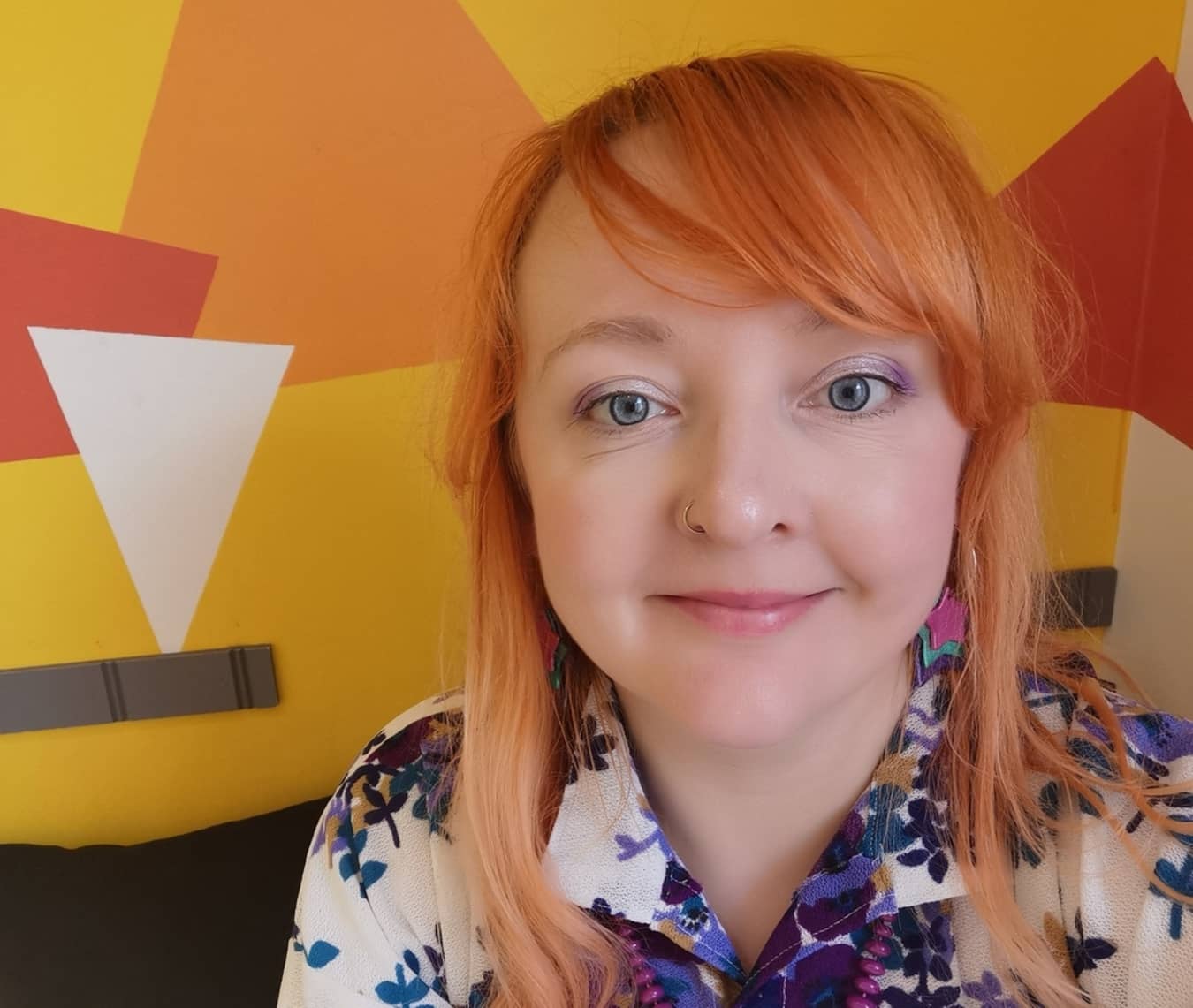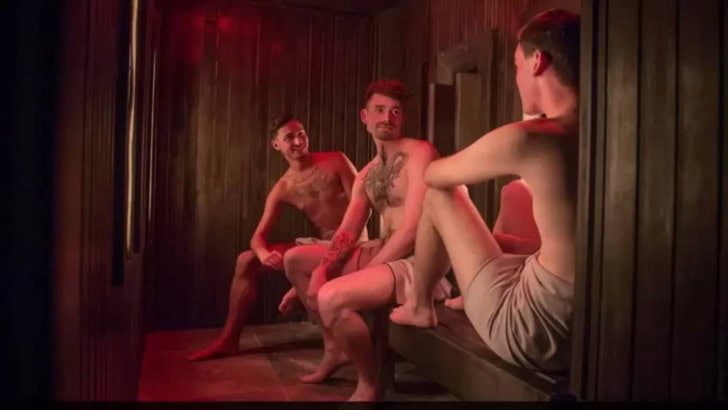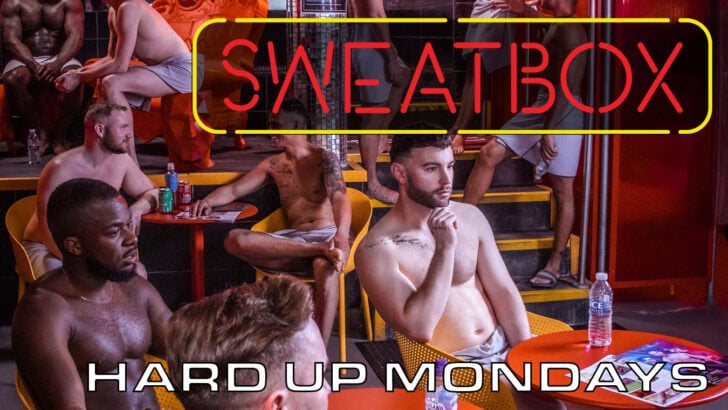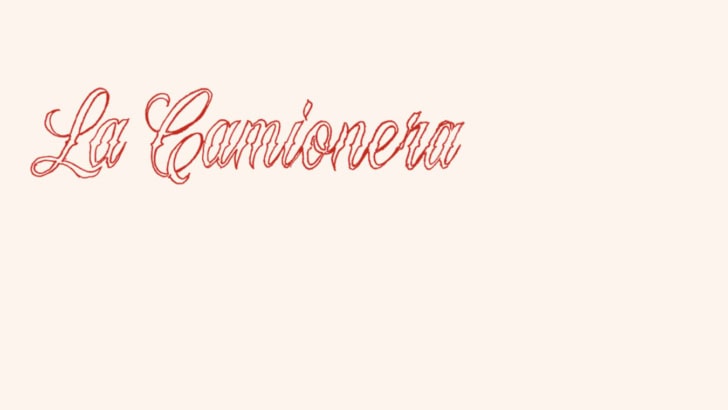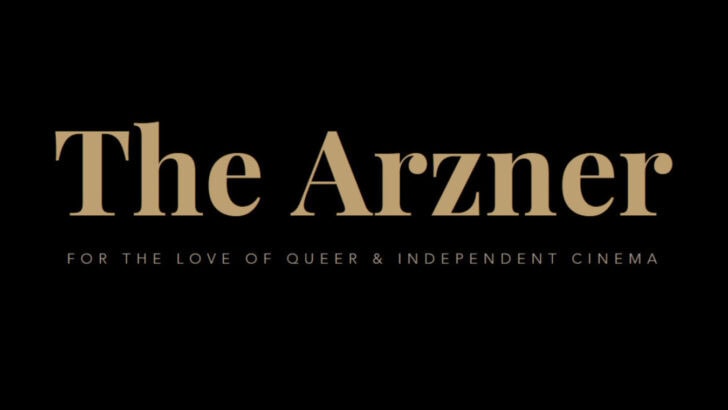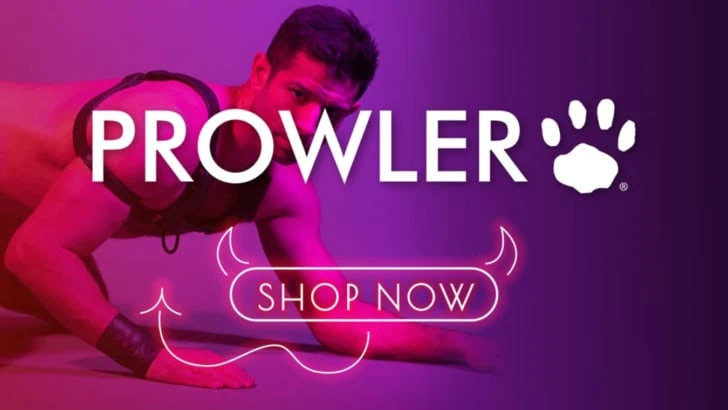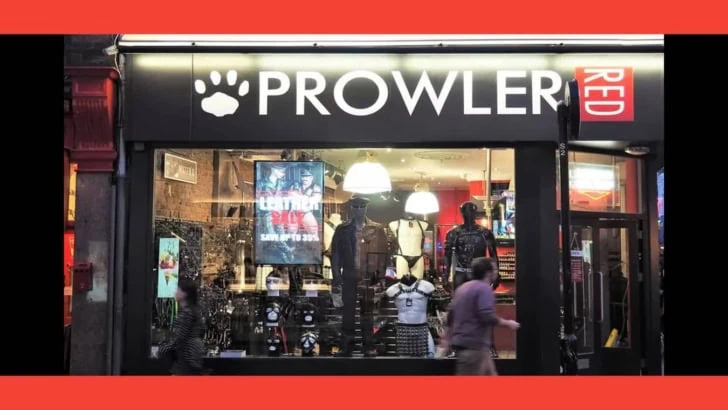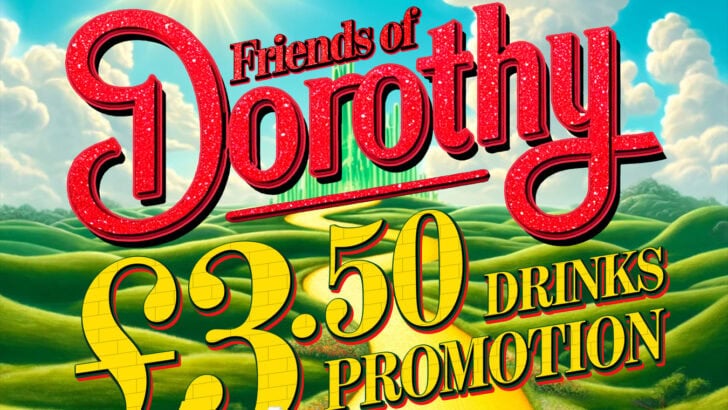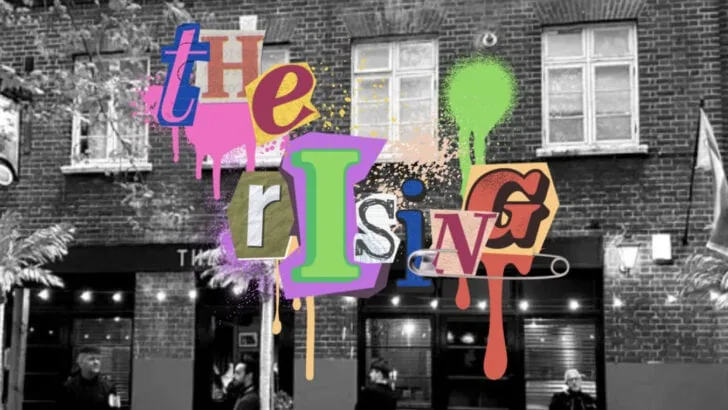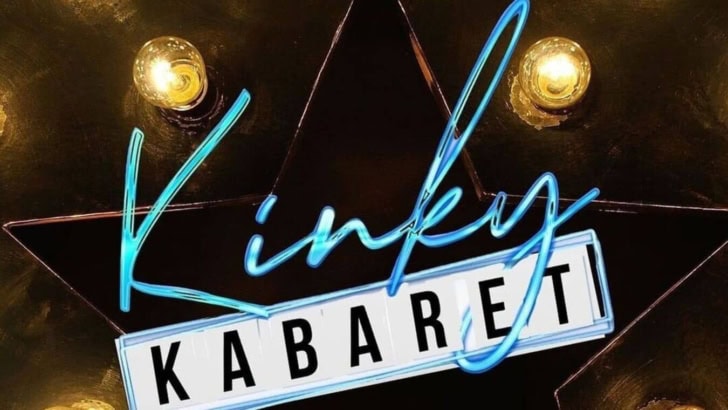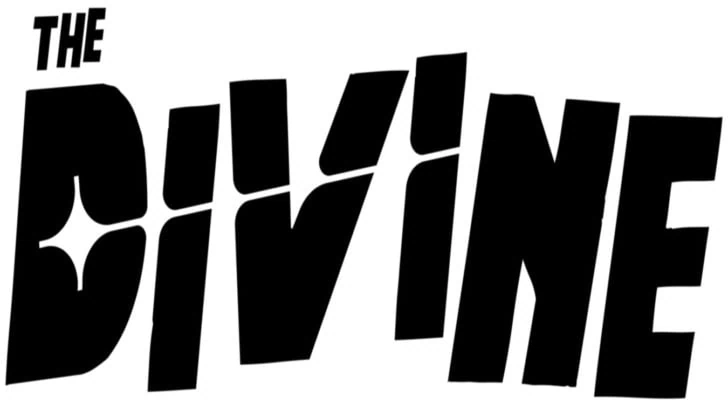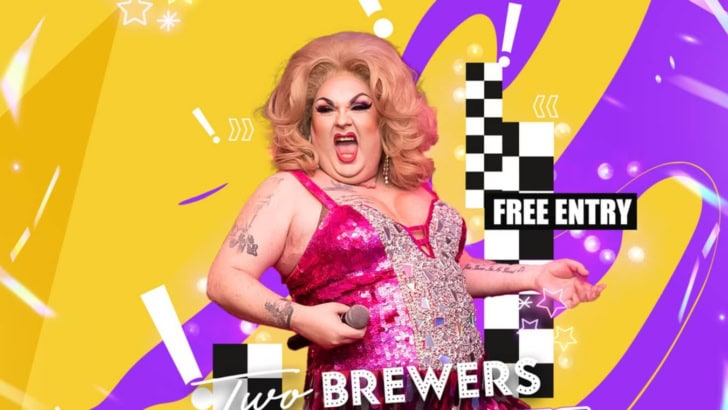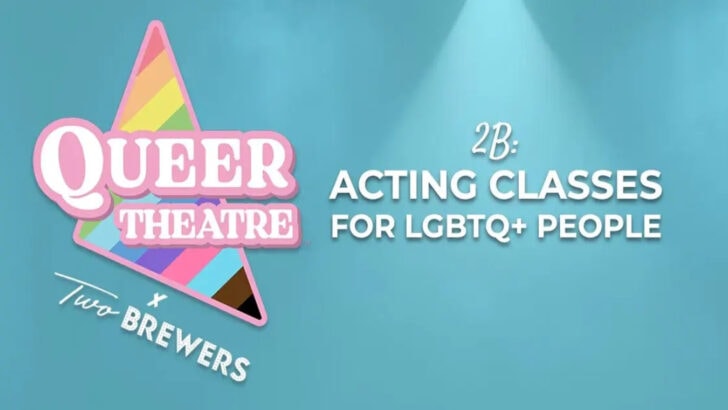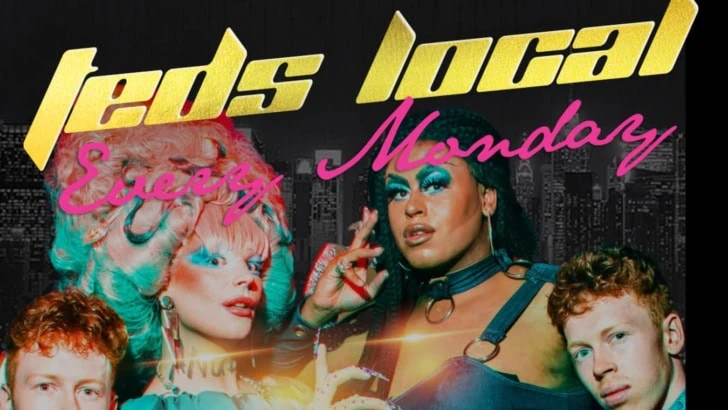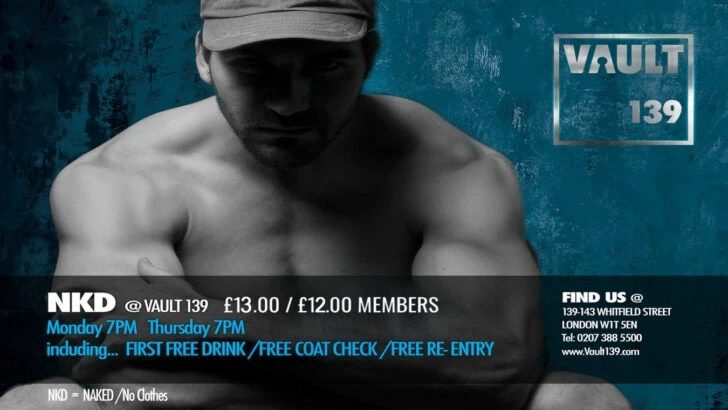My Brother George is a picture book written by queer parents Kelly and Zoey Allen and illustrated by Tara O’Brien, and it launched today, the first day of Pride Month. The book is an uplifting story about daring to be different. It follows Molly and her family as her brother George stands up for himself. His long hair and hair clips are just part of what makes him who he is.
Ahead of the launch of My Brother George, Kelly Allen understands the effort required to break gender stereotypes.
When I was a kid, I had a cropped haircut. I think my mom may have been a little ‘scissor happy’, but all I can remember from that time was constantly being referred to as a boy. Of course, people always make assumptions. It’s human nature. However, when it comes to someone’s identity (whether it’s their sexuality, gender, or religion), we need to stop making sweeping judgements and presuming things.
It feels like society has built specific boxes to place us in, and people will do all they can to make us fit into them. If we don’t, then we’re often treated as outcasts. Most often, this involves the queer community, especially anything involving expression and identity.
As a queer cisgendered white woman, I know I’m privileged to be spared a lot of abuse. It’s only if I mention my ‘queerness’ I sometimes receive negative attention. But to those expressing themselves outside society’s ‘norms’ deal with traumatic, damaging and hurtful experiences on a regular basis.
When it comes to gender stereotypes, the world seems focused on neat blue and pink boxes. It’s funny gender has taken such a black and white journey, when you look back over history and discover how people expressed themselves, even in the 70’s. Bowie was the height of androgyny, and although I imagine he experienced some judgment, he became this iconic figure of true expression and identity.
So why, if we’ve experienced diversity for so long, do we have difficulty understanding girls with short hair and boys with long hair? Why do strangers feel the need to question a boy with a Barbie and a girl with a toy truck? I suppose it doesn’t help that marketing for toys, clothes and day to day purchases is gender based.
If you go into a supermarket, you’ll see bright pink aisles labelled ‘Girls’ and bright blue labelled ‘Boys’. If a product is released, they’ll be marketed with those colours; if we buy a newborn baby gift, we have to choose between pink and blue. It’s relentless, and it’s no wonder society is struggling to break free from the constant barrage of made up gender rules we’re expected to follow.
Modern Gender Stereotypes
Modern gender stereotypes are literally invented. When you think about history or the way the world works, perhaps some gendered behaviour came from a societal need, a way in which people fell in line to make society function. But when it comes to more materialistic things, the made up rules could be a way to aid consumerism (another conversation for another day).
These are just some gender constructs society has created:
- Girls should be seen and not heard
- Girls should be clean, neat and pretty
- Boys should be rolling in the mud and hiding their emotions
- Girls should wear pink and play with dolls
- Boys should wear blue and play with cars
- Boys should wear trousers
- Girls should wear dresses
How can we still be so rigid in these opinions and attitudes? How can we then see someone who doesn’t fit into these ‘rules’ and then treat them appallingly? Especially when history tells us a different story…
Looking at the Past
There are so many things society assigns to men and women nowadays that are a complete contradiction to the history of the human race.
High heels, for example, were originally created for male Persian riders of the 17th Century, not for ‘women’ to wear on a night out. They were used as an extension of their sign of wealth (having a horse) and therefore became another symbol of fortune.
When it comes to hair length, men had long hair back in the Caveman era. This continued throughout history, with rich people flaunting long hair because it was high maintenance, proof they could take care of it because they had money.
What’s even more interesting is going back to the very early 1900s, a time when blue was for girls and pink was for boys. Even in Ancient times, men were wearing dresses alongside their female counterparts.
Looking Forward
When it comes to the future of gender roles and gender stereotypes, society is definitely being challenged. With fantastic role models like Alok, Dom & Ink and Jamie Windust, we are seeing people bravely pave the way for positive change. A change that means people are able to express themselves fully without people making sweeping judgements.
Now we just need to work on bringing new generations to the forefront, creating less gender divides and stereotypes in schools, encouraging people to think before they label someone ‘she’ or ‘he’, and focus on actually listening to people and their voices, instead of creating our own narratives based on society’s construction of gender.
It’s wonderful we’re starting to see a change. I remember my children running into John Lewis to see the genderless range… and I think that’s what we should all be doing, running towards the change, not away from it. Let’s smash those boxes and, as my son George so eloquently said to a stranger (who told him he was too pretty to be a boy), ‘Maybe you should get to know someone before finding out their gender’.
Kelly Allen’s new picture book, My Brother George is available in all good bookshops from 1st June.
Get social with Kelly Allen …
